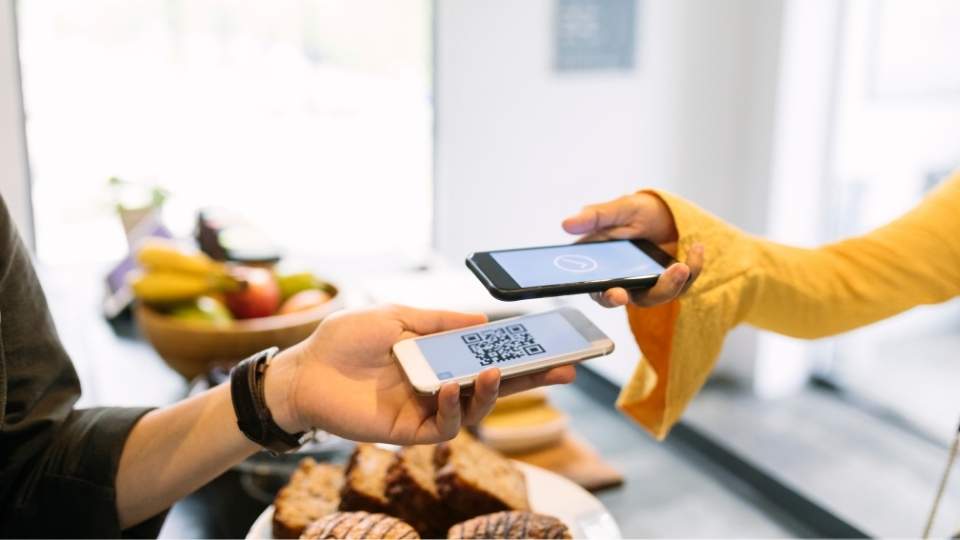
By Kevin Shahnazari, the founder and CEO of FinlyWealth,
The mobile payment landscape is moving fast, and technological innovation and consumer preferences drive this change. In the wake of convenience and security, mobile payments and digital wallets have emerged as essential tools in the finatoday’s financial ecosystemic goes through the current trends, innovations, and challenges in the industry and gives an insight into the future of mobile payments and digital wallets.
Mobile payments are on the rise
Mobile payments are on the rise exponentially, largely because of the proliferation of smartphones. Almost everyone has a smartphone, so mobile payments have become a part of everyday life. The trend is most prominent in Generation Z, who have been the first movers in mobile peer-to-peer transfers, driving a cultural shift in how people manage their money. Consumers now expect seamless, secure, and instantaneous transaction processes and mobile payments deliver exactly that.
Contactless Payments Revolution
One of the most prevalent trends in the mobile payment market is contactless payments. Contactless transactions have profoundly changed the way consumers relate to businesses. Consumers now check out faster and safer. At FinlyWealth, we see contactless solutions that bring convenience and security on board on demand. The pandemic due to COVID-19 pushed this trend as consumers embraced safer, more hygienic ways of transaction.
Biometric Authentication
As the transactions on the go continue to rise, security has remained the number one concern for customers and business enterprises. In this respect, there is an evolution of a few critical methods of authentication: fingerprint scanning and facial recognition. Since biometric technology involves adding that extra layer of security for access, users can rest assured that their digital wallet will be accessible only by themselves, which promotes trust among mobile payment customers. This is very important today, as data breaches and cyberattacks happen frequently.
The Super App Phenomenon
The concept of a “super app” has been a game-changer in the mobile payment industry. Super apps are all-in-one platforms that offer various services, including payments, transportation, food delivery, and much more, all within one app. This consolidation of services enhances the user experience and changes how consumers interact with technology. Other prominent examples include WeChat and Grab, which are good representations of the potential of super apps in changing consumer habits, hence a trend in the mobile payment ecosystem that is not to be missed.
Artificial Intelligence and Personalization
Increasingly, the possibility of personalisation is growing with AI integration into mobile payment solutions. Its algorithms can scan through enormous user data and make appropriately personalised recommendations, thereby contributing to the users’ best-informed financial decisions in that area. FinlyWealth leverages these possibilities in credit card-recommendation models using AI’s capability, providing users and consumers with tailored solutions reflecting their individual needs. That said, mobile payments with their applications are bound to escalate as they bring users an improved personalised payment experience.
Cryptocurrency and Blockchain Integration
Another significant innovation is using cryptocurrencies and blockchain technology in digital wallets. Cryptocurrencies are a new digital payment mode that is changing how traditional banking works. Blockchain, the foundation of cryptocurrency, ensures that transactions are safe and transparent, making it appealing to consumers who want their privacy and security preserved. While still in its infant stages, there is an increase in the adoption of cryptocurrencies as a mode of payment; it would be interesting to see how digital wallets adapt.
Challenges and Opportunities
Despite the innovative ideas, much remains to be achieved in this mobile payment industry. One of the industry’s significant challenges is security threats, regulatory hurdles, and consumer mistrust of protecting their data. However, the same barriers provide incentives for fintech companies to innovate and build stronger payment systems that are more secure. In doing so, business firms can surmount barriers and create more consumer confidence.
Conclusion
The mobile payment sector is going through a dynamic period. Contactless payments, biometric authentication, super apps, and cryptocurrency are leading the pack of this revolution. While businesses and consumers can easily adopt such changes, the future of mobile payments looks bright. Businesses that can adapt well will be better prepared to meet the changing needs of their customers and will successfully win the competitive market.
Author Bio
Kevin Shahnazari is the founder and CEO of FinlyWealth, a credit card recommendation platform dedicated to empowering individuals with tailored financial solutions. With over a decade of experience in FinTech and AI, Kevin is committed to leveraging technology to democratise financial services and enable informed financial decisions.


